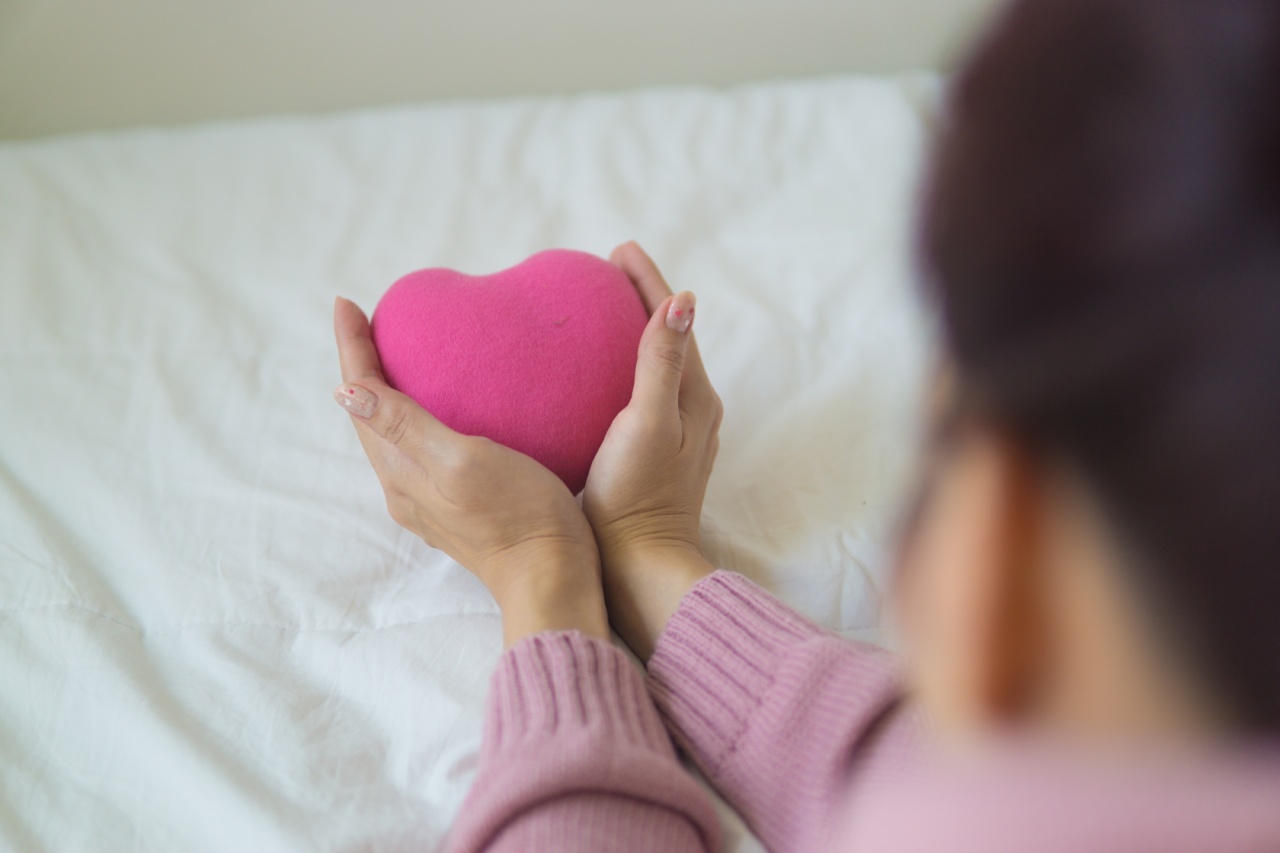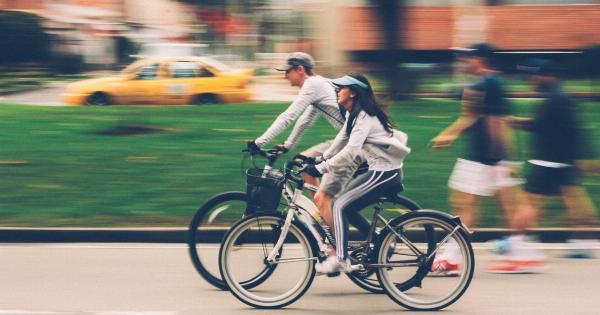High blood pressure, also known as hypertension, is a serious health condition that affects millions of people all over the world.
It is often referred to as the “silent killer” because it can develop slowly over time and can go unnoticed for years. If left untreated, high blood pressure can lead to heart attacks, strokes, and other serious health problems. The good news is that there are many exercises that can help reduce high blood pressure and improve overall health.
What is High Blood Pressure?
High blood pressure is a condition where the force of blood against the walls of the arteries is too high. This can cause damage to the arteries and lead to serious health problems such as heart disease and stroke.
Blood pressure is measured in millimeters of mercury (mmHg) and is recorded as two numbers – the systolic pressure (the top number) and the diastolic pressure (the bottom number).
What Causes High Blood Pressure?
There are many factors that can contribute to high blood pressure. These include:.
- Age
- Family history of high blood pressure
- Lack of physical activity
- Poor diet
- Obesity
- Smoking
- Stress
- Chronic kidney disease
- Adrenal and thyroid disorders
Benefits of Exercise
Exercise has many benefits for overall health and can help reduce high blood pressure. Exercise can:.
- Strengthen the heart muscle
- Reduce the risk of heart disease and stroke
- Help with weight loss and weight management
- Lower cholesterol levels
- Improve circulation
- Reduce stress and anxiety
- Improve sleep
Types of Exercises to Reduce High Blood Pressure
There are many types of exercises that can help reduce high blood pressure. These include:.
Aerobic Exercise
Aerobic exercise, also known as cardio, is any type of exercise that raises the heart rate and increases breathing. This type of exercise helps strengthen the heart and improve overall cardiovascular health. Examples of aerobic exercise include:.
- Walking
- Jogging
- Cycling
- Swimming
- Dancing
Resistance Training
Resistance training, also known as strength training, is any type of exercise that involves using weights or resistance to work the muscles. This type of exercise helps build muscle mass and can also help reduce high blood pressure.
Examples of resistance training include:.
- Lifting weights
- Using resistance bands
- Bodyweight exercises such as push-ups and squats
Yoga
Yoga is a form of exercise that combines physical postures, breathing exercises, and meditation. This type of exercise can help reduce stress and anxiety, which can in turn help reduce high blood pressure.
Exercises to Try
Here are some exercises you can try to help reduce high blood pressure:.
Brisk Walking
Brisk walking is a simple and effective way to get your heart rate up and improve cardiovascular health. Start by walking for 10-15 minutes at a moderate pace, then gradually increase the duration and intensity of your walks as you get fitter.
Cycling
Cycling is a low-impact exercise that is great for people of all fitness levels. You can cycle outdoors or indoors on a stationary bike.
Start by cycling for 10-15 minutes at a moderate pace, then gradually increase the duration and intensity of your rides as you get fitter.
Swimming
Swimming is a low-impact exercise that can help strengthen the heart and improve overall cardiovascular health. Start by swimming for 10-15 minutes at a moderate pace, then gradually increase the duration and intensity of your swims as you get fitter.
Lifting Weights
Lifting weights is a great way to build muscle mass and improve overall strength. Start by lifting light weights for 8-12 repetitions, then gradually increase the weight and number of repetitions as you get stronger.
Yoga
Yoga is a great way to reduce stress and improve overall health. Try practicing yoga poses such as the downward-facing dog, the tree pose, and the bridge pose.
Tips for Starting an Exercise Program
If you’re new to exercise, it’s important to start slowly and gradually build up your intensity and duration. Here are some tips to help you get started:.
- Consult with your doctor before starting any new exercise program
- Start with low-intensity exercises such as walking or cycling
- Gradually increase the duration and intensity of your workouts
- Set realistic goals and track your progress
- Stay hydrated and fuel your body with healthy foods
- Find an exercise buddy or join a fitness class for motivation and support
- Listen to your body and rest when you need to
Conclusion
Exercise is a powerful tool for reducing high blood pressure and improving overall health. By incorporating aerobic exercise, resistance training, and yoga into your routine, you can help strengthen your heart, reduce stress, and improve circulation.
If you’re new to exercise, start slowly and gradually build up your intensity and duration. Remember to consult with your doctor before starting any new exercise program.






























